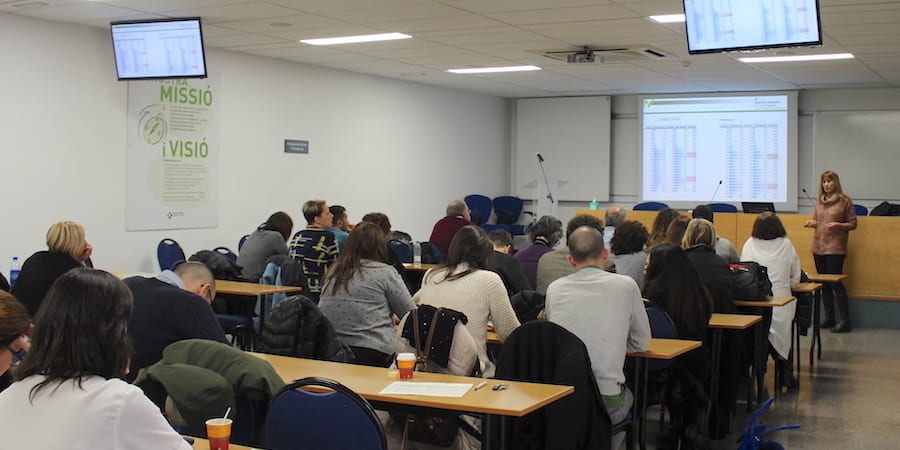
Identify objectives and issues before starting a new venture
COLUMN – With many of us about to leave for our summer vacations, the importance of planning (a holiday just like a business venture) could not be clearer. But objectives and potential problems should be identified before setting off.
Words: Boaz Tamir, President, Israel Lean Enterprise
Most entrepreneurs dream of inventing something ground-breaking that disrupts entire markets and changes the world. Sometimes, however, their dreams can make them a bit dizzy: even those who have built a strategic plan are really betting on their ingenuity and intuition to find solutions to the problem they will surely encounter along the way. But ignoring the difficulty inherent to anticipating market and technology trends and failing to recognize the often-unclear nature of the current situation is very dangerous.
We could illustrate this common behavior with the story of a family planning a vacation (a startup in its own right).
Of course, the family could decide to go with the flow and not plan at all. Surely, that would make for an exciting adventure! Not necessarily… An adventure can easily turn into a nightmare, as the reality of the situation (for example, a limited train schedule preventing you from going from one place to another) sinks in and quickly clashes with individual preferences and desires. The higher the number of constraints (the size of the family, for example, but also the length of the trip or the limited budget), the greater the chance the vacation will end up disappointing terribly. Planning ahead of time and understanding the limits we will encounter is key to a successful family trip – or business venture, for that matter.
One can begin to plan for a trip with the help of tourism websites or using the recommendations of travel agents or friends, but it would be best to start by looking inward – to the real “customer” of the trip: the family. What is the point of our wanting to go on a trip? What are the desires (the personal purposes) of each member of the family? These are the things you must go back to every time you need to make a decision about the itinerary or where to stay or what to forgo. The reason you set off on the journey in the first place serves as an anchor.
Once the “purpose” of the trip is clarified and the individual wants defined, it’s time to learn the possibilities available and make decisions on the various components of the trip, all of which are interdependent: the itinerary, the price and times of flights, transfers, accommodations, food, and so on. You can play around the tradeoffs to find the best combination – add a stop to the itinerary by compromising on the quality of the hotel, choose self-catering instead of eating out and use the money you save to rent a car, and so on. It’s travelling PDCA!
LESSONS ON THE ENTREPRENEURIAL JOURNEY
How do we translate the old cliché “A stitch in time saves nine” into a business strategy? Lean Product and Process Development (LPPD), along with the Lean Startup methodology, is the best business approach we can use to safely exploit new business opportunities: it helps us to understand risks, impediments and knowledge gaps that might limit our ability to navigate challenging environments and eventually succeed.
Indeed, no entrepreneurial journey should start without mapping out potential hindrances. To this end, it is crucial to invest in building preliminary research to identify our knowledge gaps (technological, commercial, regulatory or environmental), our points of decision making, and the steps necessary to transform information or data into useful insights.
LPPD advocates estimate that the preliminary concept-learning stage (known in Japanese as kento) can take up to 50% of the overall development time, and account for about 5% of the direct costs. This may seem like a lot, but it’s important to remember that the losses that stem from rework, crises, and obstacles (inevitable if we attempt to by-pass the learning process) are much higher – representing as much as 70% of our product development costs.
Traditional product development and, to an extent, improved development methodologies like Agile or Scrum assume that we possess enough knowledge at the outset, on which to base the strategy we want to implement. But process isn’t everything. When building and implementing strategies, lean management picks effectiveness over efficiency: a product development process that is found to be ineffective – that is, not representing value for the customer – remains the greatest threat an entrepreneur can face, no matter how efficient the process is.
Lean entrepreneurs regard learning by experimenting as a business strategy that enables them to take advantage of opportunities while coping with the unexpected. This is what being a learning organization means: adapting to changing circumstances on the fly. Learn to do this and you’ll be able to lower the risk your entrepreneurial (or family) venture will certainly face and improve your chances to succeed.
THE AUTHOR

Read more


INTERVIEW - Like many other improvement methodologies, LeanUX shares a lot of principles with traditional lean. Yet, the two communities don’t know a lot about each other. We ask an expert to bridge the gap.


NOTES FROM THE GEMBA – How do you kick off a lean journey? This French company has chosen to begin by analyzing and tackling each customer complaint.


FEATURE – By bringing organizations together to regularly share updates on their lean journeys, Instituto Lean Management has managed to create a flourishing lean healthcare community in Catalunya. But hospitals aren't the only ones benefitting.


FEATURE – Using the Japanese tradition of daruma dolls as an example, the author explains how to turn continuous improvement into concrete challenges – and, from that, real competitive advantage.

